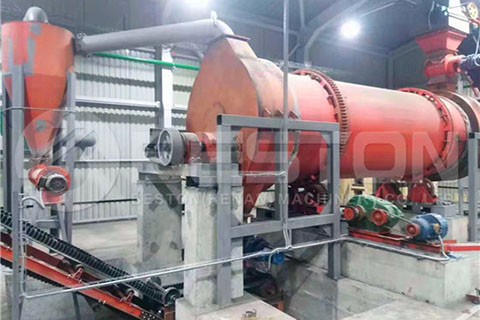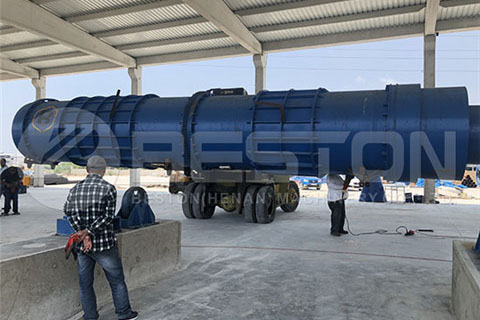Today there are a number of manufacturers that have produced charcoal making machines that use raw materials such as rice husk, plant materials, and coconut shells. The coconut shell charcoal making machines have solved the issue of an environmentally friendly way to recycle coconut shells and to convert this type of rich raw material into a number of economic advantages. If you are looking for a coconut shell charcoal making machine for sale, you’d better know the machine better before purchase.

Coconut Shell Charcoal Making Process
The coconut shell charcoal making machine comes equipped with a double-layer charcoal making furnace, a dust collector, a cooling system, condenser system, and more. Today there are a variety of different raw materials like coconut shells, straw, wood chips, branches, peanut shells, rice husks and more that are used for producing high-quality charcoal. Here is a description of the production processes involved in how coconut shell charcoal is made.
Before the carbonizing phase of the coconut shells, pretreatment equipment is included in the charcoal production line which includes a dryer ad crusher. The coconut shells are cracked into small pieces that are less than 20mm. The dryer is also used to ensure the moisture content in the raw materials is below 15%.
From here the raw materials are ready for the biomass pyrolysis process. The biomass pyrolysis equipment is the most important part of the process. In the production line, a conveyor is used for transporting processed materials directly into a carbonization furnace. Coal or wood is used as a fuel at the bottom of this furnace in order to produce pressure and temperature that is high enough to initiate carbonization. Once the furnace has reached a temperature of around 280℃, the raw materials break down into charcoal, wood vinegar, wood tar, and combustible gas.
The charcoal is then sent to the cooling system where the temperature of the end product reduces to around 30℃ which means it is now safe to be discharged and directly collected. The combustible gas produced from the process also plays a role in the entire biochar production process as the gas is recycled in order to provide heat for the furnace, once the gas has gone through the dust collector where it is purified. This not only reduces the need for traditional fuels but also assists with protecting the environment when it comes to air pollution.
Main Benefits Of Coconut Shell Making Machine
• The latest designs in continuous carbonization furnace have assisted with greatly reducing the carbonization time and the cooling time for the charcoal, which has increased the overall working efficiency associated with making charcoal.
• The conveyor, dryer, and crusher used in the charcoal production line have arrived at an automatic-production of coconut shell charcoal.
• The end product such as coconut-shell charcoal is among the best raw materials to produce activated carbon, as well as bamboo charcoal, which is used widely in a number of different industries. That’s why the bamboo charcoal machine is also a popular project.

There are a number of advantages to the briquettes produced from coconut shells. To begin with, this an eco-friendly product that is derived from natural and sustainable resources. The content of lignin is around 26.5%, while ash content is around 0.6%, which assists with easily turning the coconut shells into briquettes.